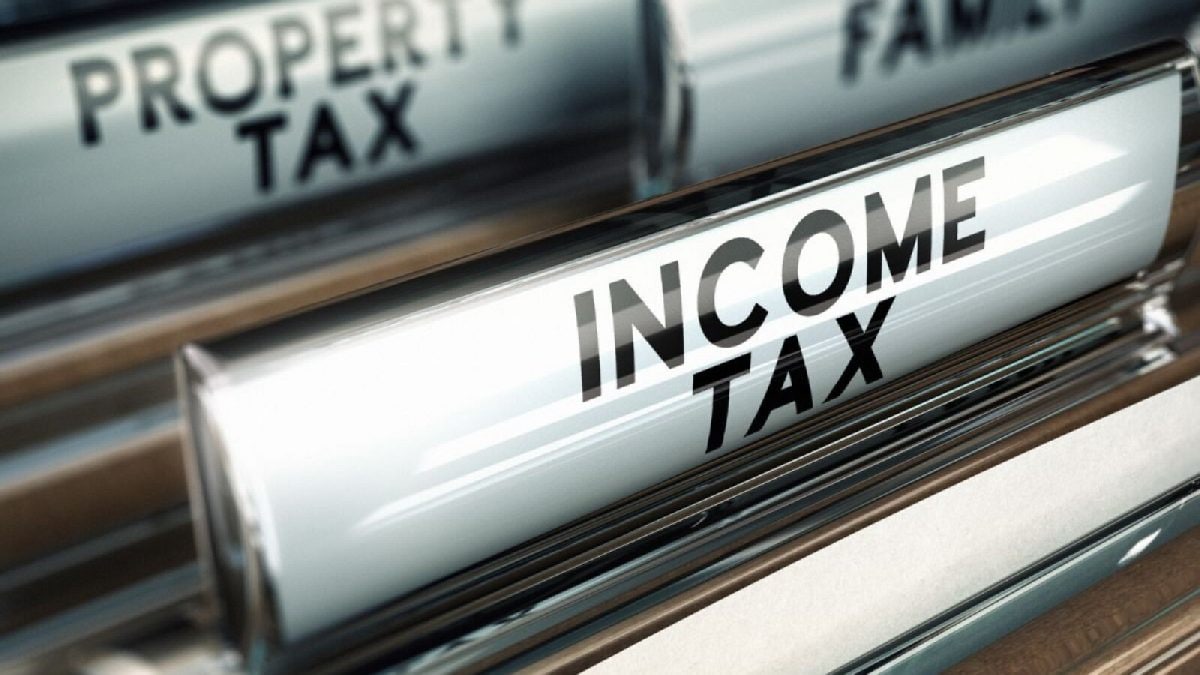Last Updated:
Income Tax Budget 2025: With the new tweaks being introduced, a taxpayer in the new regime with an income of ₹12 lakh will get a benefit of ₹80,000 in tax
New Tax Regime: Those earning up to Rs 13 lakh will now be able to save income tax over and above the Rs 12 lakh income limit.
Income Tax Slabs in Budget 2025: Finance Minister Nirmala Sitharaman announced on Saturday during the Union Budget 2025 that no income tax will be payable on earnings up to Rs 12 lakh, or up to Rs 12.75 lakh including standard deductions, under the new regime.
With the new tweaks being introduced, a taxpayer in the new regime with an income of ₹12 lakh will get a benefit of ₹80,000 in tax (100% of tax payable as per existing rates will be exempt). The effective income tax rate will be 0%. Hence, the move essentially means even if people earning between Rs 8 to 10 lakh end up paying a 10% tax in the new tax regime, they can claim a refund of the entire value, making their payable income tax Rs 0.
Also, effectively those earning up to Rs 13 lakh will now be able to save income tax over and above the Rs 12 lakh income limit as there is a standard deduction of Rs 75,000 and a marginal relief of around 30,000.
Notably, earlier there was a 30% tax on those earning above Rs 15 lakh under both regimes. Now, there is a 25% slab for those earning between Rs 20 lakh and Rs 24 lakh.
The Centre’s move to change the tax slabs in the Union Budget 2025 is aimed at reducing taxes for the middle class and leaving more money in their hands, boosting household consumption, savings, and investment.
Here’s a look at the new tax rates for people earning more than Rs 12 lakh per annum.
- A person earning ₹16 lakh will receive a tax benefit of ₹50,000, resulting in an effective tax rate of just 7.5%.
- A person earning ₹18 lakh will benefit from ₹70,000 in tax savings, bringing the effective tax rate to 8.8%.
- For someone earning ₹20 lakh, the tax benefit will be ₹90,000, leading to an effective tax rate of 10%.
- A person with an income of ₹25 lakh will get a tax benefit of ₹1,10,000, resulting in an effective tax rate of 13.2%.
- A person earning ₹50 lakh will also receive a tax benefit of ₹1,10,000, with an effective tax rate of 21.6%.
Here’s a table highlighting the new tax slabs in the new tax regime:
| Income Range | Tax Rate |
|---|---|
| ₹0 to ₹4 lakh | Nil |
| ₹4 lakh to ₹8 lakh | 5% |
| ₹8 lakh to ₹12 lakh | 10% |
| ₹12 lakh to ₹16 lakh | 15% |
| ₹16 lakh to ₹20 lakh | 20% |
| ₹20 lakh to ₹24 lakh | 25% |
| Above ₹24 lakh | 30% |
TDS Exemption Limit For Rent Increased To Rs 6 L
The Finance Minister has announced significant changes to tax deduction at source (TDS) in the 2025-26 Budget, aimed at easing compliance for senior citizens and those earning rental income.
The annual TDS exemption limit on rental income has been raised from Rs 2.4 lakh to Rs 6 lakh. “This will reduce the number of transactions subject to TDS, benefiting small taxpayers receiving smaller payments,” Sitharaman explained in her Budget speech.
Are there any changes in old tax regime?
As per the new announcement, the old tax regime remains the same. Here are the current tax slabs under the old tax regime:
The Old Tax Regime, while retaining higher rates, has allowed taxpayers to claim various exemptions and deductions. Here are the slabs:
- Income up to Rs 2,50,000: Nil
- Income from Rs 2,50,001 to Rs 5,00,000: 5%
- Income from Rs 5,00,001 to Rs 10,00,000: 20%
- Income above Rs 10,00,000: 30%
For senior citizens aged 60-80 years, the basic exemption limit is Rs 3,00,000. For super senior citizens (above 80 years), it is Rs 5,00,000.
The Old Tax Regime allows deductions under various sections, such as:
Section 80C: Up to Rs 1,50,000 for investments like PPF, ELSS, and LIC premiums.
Section 80D: Health insurance premiums.
Section 24(b): Interest on home loan up to Rs 2,00,000.
Other exemptions like HRA and LTA.







